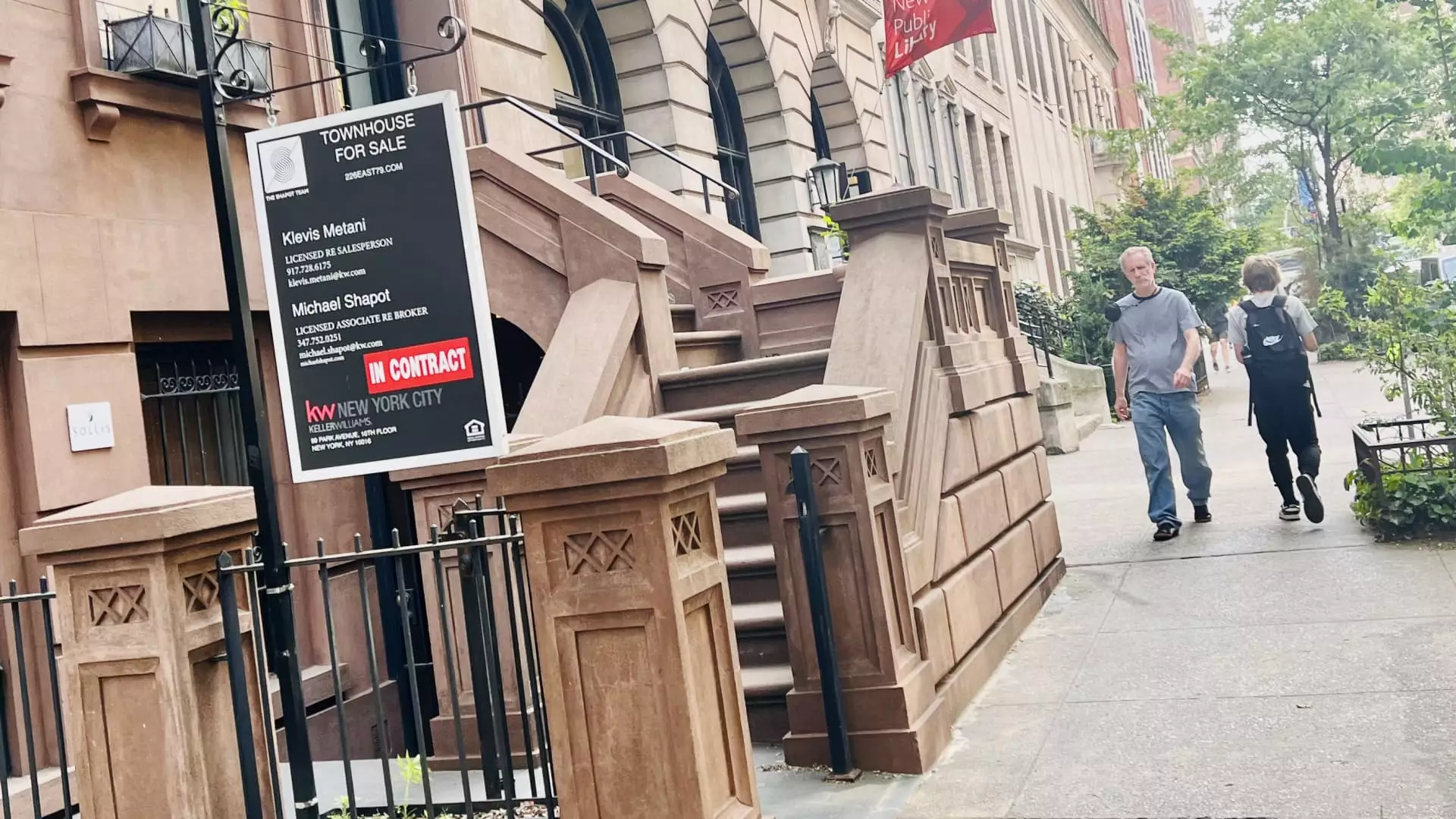Recently, mortgage rates plunged to their lowest point since October of the previous year, igniting a surge in refinancing activity that at first glance appears to energize homeowners and investors alike. Yet beneath this optimistic veneer lies a far more troubling reality. The current decline in rates is less a sign of a robust economy and more a reflection of the Federal Reserve’s aggressive attempts to manipulate markets—an effort that risks creating more instability in the long run. While refinance applications soared by 58% in just a week and increased 70% compared to last year, this spike could be nothing more than a temporary rally fueled by monetary policy missteps rather than genuine economic strength.
Refinance Boom: A Mirage of Consumer Confidence
The sharp rise in refinancing activity, especially among homeowners with larger loans, indicates a market desperately clinging to low borrowing costs. Historically, high loan sizes on refinances have signaled a degree of financial stability, or at least homeowner confidence. However, this surge should not be mistaken for a sign of economic health. Instead, it highlights how artificially low interest rates are encouraging homeowners to take on more debt—potentially sowing seeds for future financial distress. The increase in adjustable-rate mortgage (ARM) applications—reaching levels unseen since 2008—further exposes the fragility of this supposed recovery. Borrowers opting for ARMs are selectively choosing lower initial rates, but this can lead to trouble down the road if rates rise again.
The Danger of Relying on Federal Manipulation
The anticipation of a Federal Reserve rate cut has driven mortgage rates even lower this week, hitting 6.13%, the lowest since late 2022. While this may seem beneficial to consumers in the short term, it exposes the underlying fragility of the economic framework. Relying on the Fed’s interventions creates a false sense of security, lulling borrowers into a false belief that borrowing is sustainable and risk-free. Historically, such artificial rate reductions have often prompted bond sell-offs, which can reverse the downward trend unexpectedly and trigger an optimistic bubble that quickly bursts—exposing unwary homeowners and investors to significant losses.
Misguided Optimism in a Turbulent Economic Climate
While some may see these rate drops as an indicator of imminent economic recovery, the reality is far more complex. These rate reductions are driven by central bank policies that distort free markets, making it easier for homeowners to refinance—or take on new debt—yet doing little to address the fundamental economic challenges we face. The real danger lies in complacency: Allowing these artificially low rates to influence lending and borrowing decisions can exacerbate financial vulnerabilities, especially if economic conditions worsen or if inflation forces the Fed to retreat from its accommodative stance. In this environment, the market’s reliance on rate cuts risks fostering a fragile bubble built on quicksand, not solid economic fundamentals.
Despite the temporarily improved borrowing conditions, the broader picture remains bleak. Policymakers need to recognize that short-term rate manipulations might boost spending and refinancing in the immediate horizon but will not solve the underlying issues of inflation, debt, or economic growth. It’s crucial to approach these developments with skepticism and avoid falling into the trap of complacency that often accompanies artificially manipulated markets.

